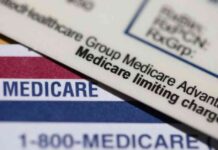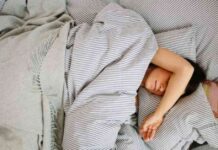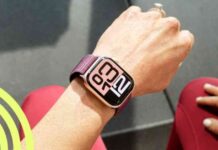A recent study published in the BMJ sheds light on the concerning frequency of late reporting of medical device safety incidents to the Food and Drug Administration (FDA). Manufacturers are required to report issues within 30 days of discovery, yet over 600,000 out of 4.4 million reports between 2019 and 2022 arrived late, with 1,004 involving deaths. The data revealed a significant number of reports with missing or invalid dates, raising important questions about transparency and patient safety.
The study’s authors highlighted several intriguing insights into the patterns of reporting. They noted that late reports often arrived in batches, hinting at potential withholding of crucial safety information by manufacturers. However, they also acknowledged that time might be needed to verify and compile accurate reports. Additionally, the authors identified the top 10 manufacturers who consistently submitted reports late, adding a layer of accountability to the findings.
The report underscores the critical role of device surveillance in ensuring patient safety, particularly given the limited clinical data often accompanying medical devices entering the market in the United States. The FDA’s system for monitoring devices has faced scrutiny in the past, as seen in the case of Philips’ faulty CPAP machines, highlighting the need for improved oversight and reporting mechanisms.
Moving on to the realm of telehealth, recent developments have brought the financial relationships between pharmaceutical giants like Eli Lilly and Pfizer and telehealth platforms under the senatorial spotlight. Concerns have been raised about possible incentives for providers to prescribe specific drugs through platforms like LillyDirect and PfizerForAll. Senators have requested detailed information from various telehealth companies to investigate potential violations of anti-kickback statutes, emphasizing the need for transparency and accountability in digital healthcare.
Despite the scrutiny, both Pfizer and Eli Lilly have reiterated that providers are not incentivized to promote specific medications through their telehealth platforms. In fact, both companies are expanding their direct-to-consumer offerings, indicating a growing commitment to digital healthcare solutions. This evolving landscape poses challenges and opportunities for the intersection of pharmaceuticals and telehealth, shaping the future of patient care delivery.
Shifting gears to the business realm, the recent IPO filing of virtual musculoskeletal care company Hinge Health has drawn attention to its plans for expansion. Noteworthy in the filing is Hinge’s focus on targeting the Medicare Advantage market, highlighting a potential multi-billion dollar opportunity for growth. The company’s emphasis on automation, with a reported 95% reduction in human care team hours through technological innovations, reflects a broader trend in leveraging AI and digital tools to enhance healthcare delivery.
In the realm of medical technology, innovative solutions are emerging to support patients with Parkinson’s disease. Rune Labs recently launched a subscription service for Parkinson’s tracking using the Apple Watch, offering human coaching and fall risk monitoring. Similarly, MedRhythms introduced a new system, Movive, tailored for Parkinson’s gait rehabilitation, aiming to leverage music and sensors for improved outcomes. Meanwhile, a legal dispute between device maker AliveCor and Apple over heart-monitoring technology underscores the competitive landscape in digital health innovation.
As the healthcare technology landscape continues to evolve, it is essential to navigate the complexities of regulatory compliance, patient safety, and technological advancements. The intersection of medicine and technology holds immense potential for transforming healthcare delivery, but it also demands careful consideration of ethical, legal, and patient-centered principles. Stay tuned for further updates on the dynamic intersection of health and technology, shaping the future of patient care and medical innovation.

















